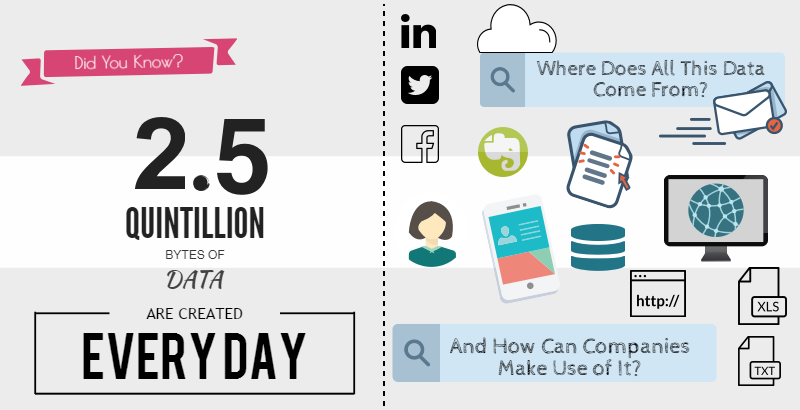
“A company that ceases to grow will die;” a useful albeit slightly morbid mantra for any business trying to make it out there in the big wide world. How can business avoid such an outcome? One answer is by staying relevant, no mean feat in our rapidly changing environment.
Staying relevant is a question of recognising what your customers want and having the ability to deliver that requirement as quickly as possible. Easier said than done, however, with the enormous quantities of data being produced day in and day out about said customers from disparate sources; harnessing this data and recognising how to appease your target customer is becoming increasingly complex.
So the question is, how can large enterprises successfully integrate their vast quantities of data to provide value as quickly as possible? The strategy needs to be agile enough to be able to integrate and gain value from disparate sources, fast enough to provide solutions in real-time and simple enough to be useful for the entire company.
Create An Abstraction Layer To Hide Data Complexities
Data Virtualization is a fast data strategy which facilitates agile BI. How does it work? In very simple terms, Data Virtualization technology connects all disparate data sources to create an independent abstraction layer which sits between the source and the consuming applications.
Anyone within the enterprise who needs to access particular data can do so through the consuming applications, without being exposed to the data complexities (like the source, format or type of data). In this way the data becomes democratized: made available to everyone, in a language that is simple to understand.
Data, The Sole Realm of the IT Guys?
With the explosion of IoT and with that 2.5 quintillion bytes of data being created per day, data really has become the brain food of business intelligence across all sectors. So if you think about it, creating distance between business users and the data needed to make smart decisions does not make a huge amount of sense. Taking it one step further, if data is the brain food of business intelligence, these business users are essentially being “starved” of this intelligence. This hardly seems fair, does it?
Democratizing data gives both the IT guys and non-technical business users the opportunity to read and interpret data using the same “data language”. And thus, if everyone is speaking the same “data language” per se, even at a very superficial level, the easier it will be to harness the capabilities of Data Virtualization maximizing self-service BI, gaining value from their data and ultimately ensuring the continued growth of the company. And surely that’s got to be the most important objective for any C-level exec, right?
- Is Bad Data Causing Bad Decisions? Learn from Indiana University - February 6, 2018
- Migrating to the Cloud? 6 Important Pre-Flight Checks Before You Take Off - January 22, 2018
- Data Virtualization Is The Answer to Your Big Data Questions - December 20, 2017

